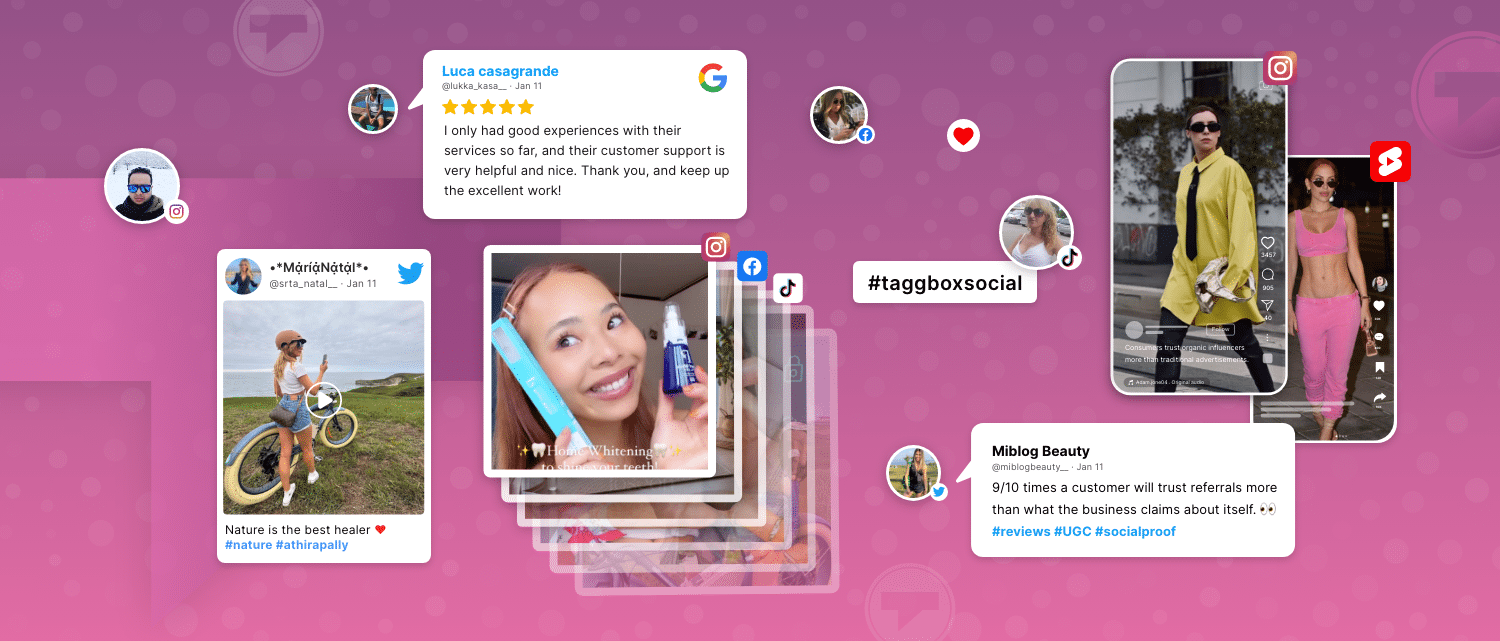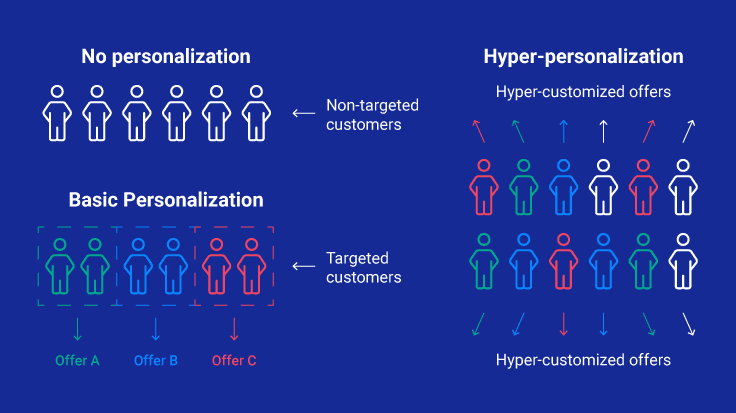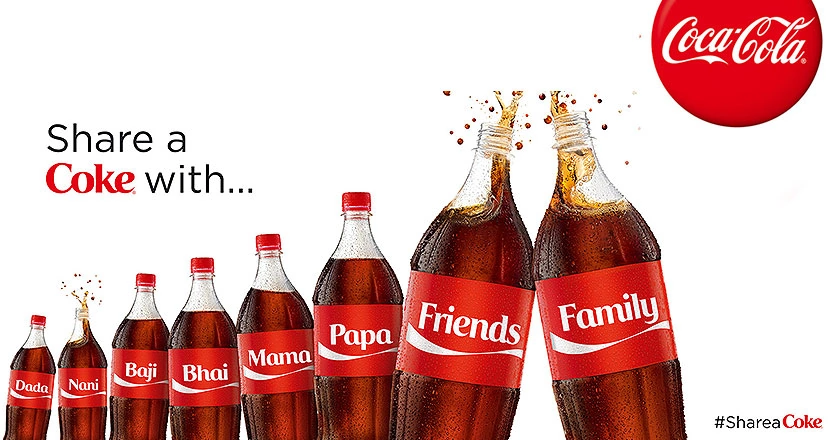How Brands are Leveraging UGC for Hyper-Personalized Marketing Campaigns
Meta Description: Discover how brands are harnessing User-Generated Content (UGC) to create hyper-personalized marketing campaigns that enhance consumer engagement and drive sales.
In the fast-paced world of digital marketing, brands are continuously seeking innovative ways to connect with their audiences. One of the most effective strategies emerging today is leveraging User-Generated Content (UGC) for hyper-personalized marketing campaigns. This blog post will explore how brands are utilizing UGC to foster deep connections with consumers, the nuances of hyper-personalization, and the practical steps marketers can take to enhance their campaigns. As an expert in SEO with 5 years of experience and extensive insights into effective marketing strategies, I have witnessed the remarkable effects of UGC on brand loyalty and customer engagement.
Understanding User-Generated Content (UGC)
User-Generated Content refers to any content—from reviews and testimonials to social media posts and videos—that is created by consumers rather than brands. In recent years, UGC has gained traction as a valuable tool for marketers. It provides authenticity, showcasing real experiences from actual users that potential customers can relate to and trust.

Types of UGC
- Social Media Posts: Customers sharing their experiences or photos with a brand’s product on platforms like Instagram, Twitter, or Facebook.
- Reviews and Testimonials: Text-based feedback left by consumers on e-commerce sites or review platforms such as Yelp and Google.
- Photos and Videos: Visual content produced by consumers showcasing how they use a product in their everyday lives.
Importance of Hyper-Personalization
Hyper-personalization goes beyond traditional personalization strategies by harnessing big data, artificial intelligence, and machine learning to deliver tailored experiences based on individual preferences and behaviors. This approach allows brands to create marketing messages that resonate on a personal level, enhancing customer relationships and resulting in higher conversion rates.

Why UGC Matters in Hyper-Personalized Marketing
Statistics on UGC Effectiveness
The power of UGC lies in its ability to drive engagement, enhance brand credibility, and boost conversions. According to a Nielsen report, 92% of consumers trust organic user-generated content more than traditional advertising. Moreover, GfK research indicates that UGC can lead to a 29% higher conversion rate on e-commerce platforms, highlighting its significance in maximizing marketing efforts.
Impact on Engagement Metrics
Brands that strategically leverage UGC see enhanced engagement on their marketing platforms. For example, studies show that utilizing UGC can result in a 20% increase in engagement rates on social media. This increase speaks to the authenticity and relevance of UGC in capturing consumer attention.
Successful UGC Campaigns
Brands across various industries have successfully harnessed UGC to create hyper-personalized marketing experiences. Below are notable examples that illustrate effective strategies.
1. Coca-Cola's "Share a Coke" Campaign
Coca-Cola launched its "Share a Coke" campaign, which encouraged consumers to find bottles with their names on them and share photos on social media. This campaign not only generated massive user engagement but also increased sales significantly as customers bought drinks to share with friends, thereby enhancing community interaction.

2. GoPro
GoPro encourages its users to upload and share breathtaking footage of adventures taken with their cameras. The brand amplifies this UGC through its social media channels and online community, fostering a culture of exploration that not only promotes the brand but builds a loyal community of enthusiasts.
3. Starbucks' #RedCupContest
During the holiday season, Starbucks encourages customers to share photos of their signature red cups through the #RedCupContest. This campaign generates excitement among consumers and fosters a sense of community, while simultaneously showcasing the creativity of their customers.
Practical Tips for Leveraging UGC
How to Effectively Curate UGC
- Monitor Brand Mentions: Use social listening tools like Hootsuite or Brandwatch to track mentions of your brand across social platforms.
- Encourage Participation: Invite customers to share their content with your brand by creating specific hashtags or themes.
- Showcase Authentic Stories: Share curated UGC on your brand’s social channels or website to highlight genuine customer experiences.
Incentivizing UGC Creation
Creating incentives can significantly boost UGC engagement. Consider these methods:
- Contests: Run contests that encourage users to submit photos or videos of your product, offering prizes in return.
- Shout-Outs: Feature customers on your brand’s social media pages, providing recognition and encouragement to others.
- Loyalty Programs: Implement a loyalty program where users earn points for sharing content, encouraging ongoing engagement.
Integrating UGC into Marketing Funnels
To effectively incorporate UGC at various stages of the marketing funnel:
- Awareness Stage: Use UGC in ad campaigns to capture initial interest.
- Consideration Stage: Showcase testimonials and reviews on product pages to provide social proof and influence purchase decisions.
- Conversion Stage: Encourage customers to share their post-purchase experiences, creating a seamless feedback loop.
Data and Research Insights
Brands looking to understand the impact of UGC should refer to valuable market research findings. Reports from organizations like HubSpot and Sprout Social reveal implications of UGC on customer engagement and conversion optimization. For instance, 57% of consumers are more likely to purchase a product after seeing UGC, emphasizing its influence in the decision-making process.
Demographic Breakdown
Shifts in consumer behavior reveal that millennials and Generation Z are particularly influenced by UGC, relying on peer recommendations more than traditional advertisements. Understanding these demographics is vital in shaping marketing strategies that resonate effectively.
Future Trends in UGC and Hyper-Personalization
As we advance, the integration of AI and machine learning in UGC analysis will allow brands to glean deeper insights into consumer preferences and behaviors. These technologies will enable even more tailored content experiences, ensuring brands stay relevant and connected to their audiences.
Conclusion
In a landscape where consumers crave authenticity, leveraging User-Generated Content for hyper-personalized marketing campaigns is no longer an option—it's a necessity. Brands that embrace this strategy can build stronger relationships with their audiences, drive engagement, and ultimately enhance conversion rates. By continuing to explore innovative ways to incorporate UGC, marketers can stay ahead of trends and truly connect with their consumers.
Are you ready to elevate your brand's marketing strategy? Explore more about UGC and how it can transform your approach to consumer engagement by diving into related content on our blog or signing up for our newsletter for the latest insights in digital marketing.
